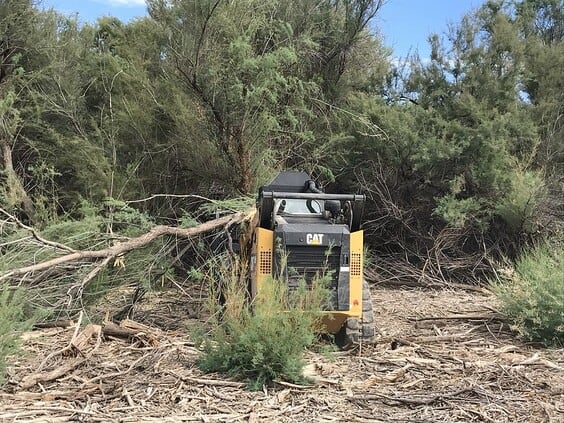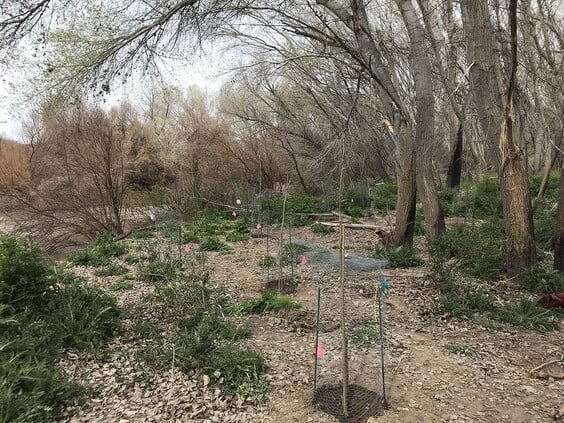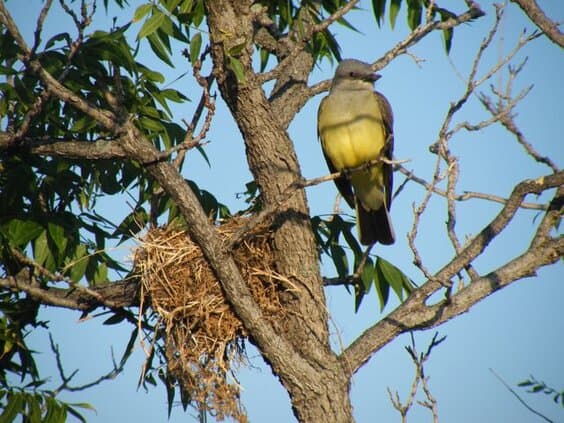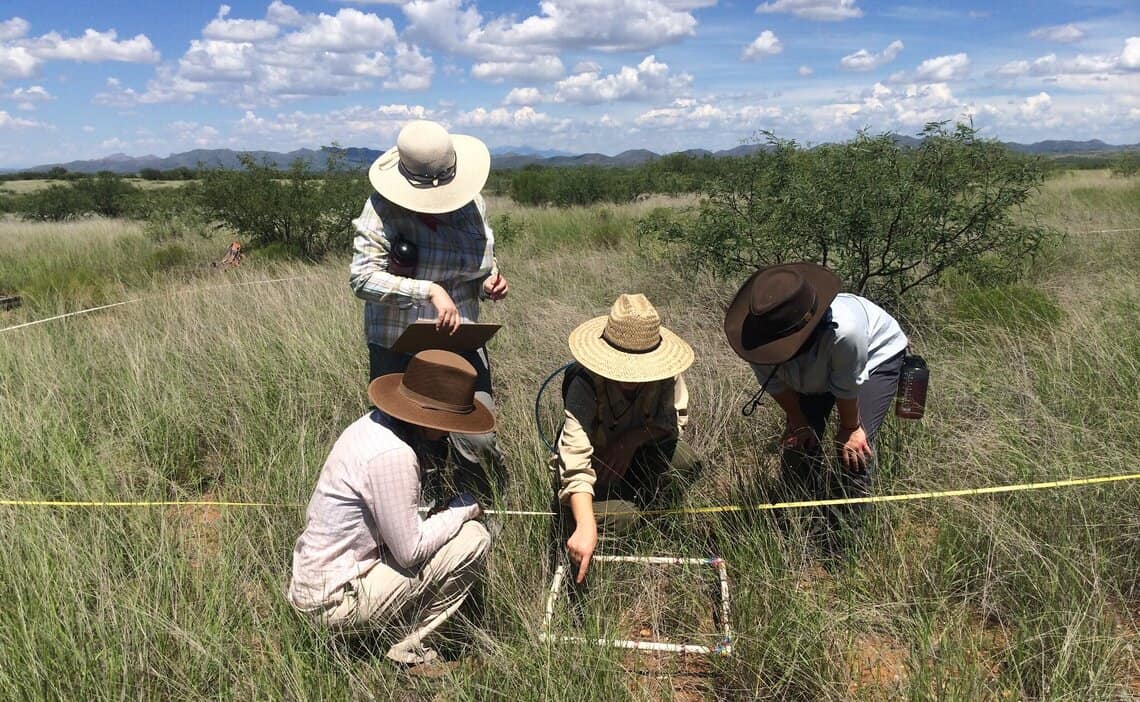By Ariel Léger, CCAST Coordinator
The ecosystems that birds depend on face multiple challenges including climate change, drought, invasive species, wildfire, habitat loss and degradation. Restoring ecosystems and conserving resources that support bird populations requires collaboration across vast landscapes and multiple jurisdictional boundaries. It is not possible for any one individual, agency, or organization to address these challenges alone. However, among (and even within) different organizations, there can be numerous factors that limit our ability to work together to tackle such issues on the scale required to make a real difference.

The Collaborative Conservation and Adaptation Strategy Toolbox (CCAST), a peer-to-peer knowledge-sharing platform, was created to enhance collaborative conservation efforts at watershed and landscape scales by facilitating issue-based, not geography-based, knowledge sharing. CCAST brings together land managers and researchers to share lessons learned from addressing shared issues. This knowledge sharing bridges the gaps between work at project, landscape, and operational scales, helps resource managers get “unstuck” when facing complex challenges, and improves the outcomes of on-the-ground management. Some of the key activities CCAST undertakes to increase peer-to-peer knowledge sharing and catalyze multi-jurisdictional work include coordinating topical Communities of Practice (CoPs), mentoring students to publish Case Studies, hosting webinars and workshops, and co-developing decision support tools.

CCAST’s Grassland Community of Practice (CoP) is a good example of these activities. Grasslands are critical habitat for many bird species including critically endangered species like the Masked Bobwhite Quail, and many migratory birds that either overwinter or breed in semiarid grasslands. The Grassland CoP is a growing group of over 500 agency land managers, university and government researchers, non-governmental organizations, and private landowners who share the common goal of improving management and restoration of semi-arid Grasslands. This group meets regularly during online webinars and panel discussions to learn from each other and increase knowledge of and coordination between different grassland initiatives and activities. Grassland Community of Practice participants determine priority issues, dictating the focus of CoP meetings, as well as the selection and content of Case Studies, and co-development of tools.

The Grassland CoP just released a first version of the Grasslands Toolkit, a living document that summarizes information on the trends and challenges facing grassland ecosystems in semi-arid North America and presents management options to address them. The management options presented are based on Case Studies that showcase lessons learned from management experience and applied research. Supporting grassland birds is an important focus area of many Grassland CoP participants, including the Sonoran Joint Venture. Featured in the toolkit are resources developed by the SJV and partners including the Arizona Species and Habitat Accounts, which help land managers consider birds when making land stewardship decisions. CCAST has responded by developing case studies about supporting birds in grasslands, including Borderlands Restoration Network’s project to improve habitat for Montezuma Quail and other bird species, funded in part by the Sonoran Joint Venture. Birds have also been a focus in webinars and panel discussions about vegetation management tools, fire, and erosion control.
As a multi-organizational partnership supported by the Fish and Wildlife Service Science Applications Program, the Bureau of Reclamation, and the University of Arizona, CCAST partners with numerous organizations that share the goal of collaborating to improve the outcomes of on-the-ground conservation actions. For example, CCAST partnered with the Drought Learning Network (DLN) to publish Case Studies that share lessons learned about drought adaptation. The DLN brought in student authors to provide additional capacity for writing case studies that are shared on CCAST’s online platforms. Case Studies from this partnership include one about understanding bird responses to drought in the West.
CCAST continues to expand, forming new partnerships to tackle shared priorities. If you are interested in partnering with CCAST, contributing case studies, participating in webinars, or getting involved with one of CCAST’s communities of practice, reach out to Matt Grabau.

